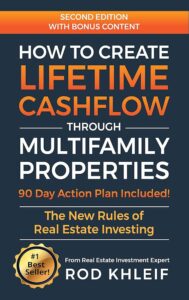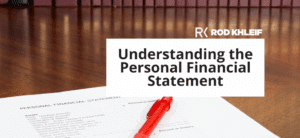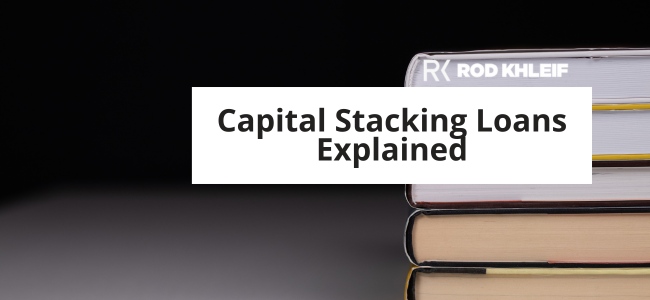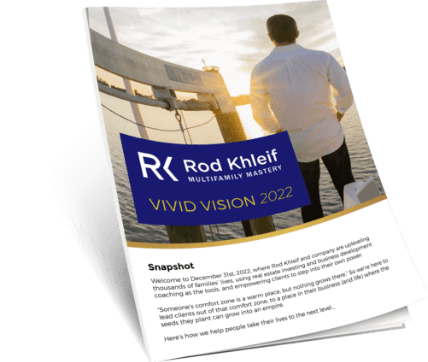Multifamily real estate is one of the most powerful vehicles in real estate investing for building wealth. The problem is, not everyone has the capital, time, or experience to go it alone.
That’s where multifamily syndication comes in.
Whether you’re looking to scale your portfolio, create passive income, or participate in larger, professionally managed deals, understanding how syndication works can open the door to a new level of investing.
Syndication is how high-net-worth individuals, business owners, and even first-time investors are participating in deals once reserved for institutions.
In this guide, we’ll cover exactly what multifamily syndication is, how it works, how to invest, and what kind of returns you can expect.
Let’s dive in.
What Is Multifamily Syndication?
At its core, multifamily syndication is a team investment.
A lead operator or sponsor finds the deal, arranges the financing, and oversees all the asset management. Meanwhile, a group of passive investors—usually 10 to 50 people—contribute capital to help purchase the property. Each one owns a piece of the deal and receives a share of the profits.
It’s a win-win: the sponsor gains access to more capital, and investors get access to strong, cash-flowing real estate without becoming landlords.
In short:
-
The sponsor leads the deal
-
Investors bring capital
-
Everyone shares in the upside
Why Is This Strategy So Popular?
There’s a reason syndication has become one of the most popular paths to real estate investing in recent years.
It gives investors:
-
Access to institutional-quality assets
-
Passive income without property management headaches
-
Equity growth backed by physical assets
-
Tax advantages like depreciation and cost segregation
-
A team of professionals doing the heavy lifting
If you’ve ever asked yourself, “How can I invest in real estate without becoming a landlord?”—this is the answer.
How to Invest in Multifamily Syndications (Without Overcomplicating It)
Investing in a syndication is simpler than many people think. Here’s how the process typically works:
1. Choose the Right Multifamily Syndication Company
This part is crucial. You’re not just investing in a property—you’re investing with a team.
Look for operators who:
-
Have a proven track record
-
Communicate clearly and consistently
-
Offer transparency in their underwriting and projections
-
Align with your risk tolerance and investing goals
Don’t be afraid to ask for previous deal results or to speak with other investors.
2. Review the Deal and Understand the Terms
You’ll be provided with documents like:
-
The Private Placement Memorandum (PPM)
-
Operating agreement
-
Investor presentation
-
FAQs on structure and returns
Take the time to review. Ask questions. Understand where the returns are coming from and what risks exist.
3. Fund Your Investment
If you decide to move forward:
-
You’ll sign the documents electronically
-
Wire your funds
-
Begin receiving updates as the business plan is executed
From there, you’re in passive mode. No calls from tenants. No repairs. Just regular updates and (hopefully) distributions.
What Kind of Multifamily Syndication Returns Can You Expect?
Let’s talk numbers—because that’s what most investors want to know.
While every deal is different, here are some typical return targets in the space:

So, if you invest $100K and the equity multiple is 2.0x, you could expect to receive $200K in total returns (original investment + profit) over the hold period.
These numbers aren’t guaranteed—but when you invest with experienced operators in strong markets, they’re achievable.
Multifamily Syndication and Taxes: The Hidden Benefit
One of the most attractive parts of multifamily investing—syndicated or not—is how tax-efficient it can be.
As a passive investor, you still benefit from:
-
Depreciation (reduces taxable income)
-
Cost segregation (accelerates depreciation in early years)
-
1031 exchange options (in select deals)
-
Tax-deferred cash flow
Talk to your CPA, of course—but many investors find that syndication income is significantly more tax-advantaged than traditional stock or bond income.
How to Vet Multifamily Syndication Companies Before You Invest
There are thousands of multifamily syndicators out there—but not all of them operate with the same level of integrity or skill.
Ask these questions:
-
How many deals have you completed, and what were the actual returns?
-
What’s your plan if the market turns or interest rates rise?
-
Who manages the property, and how often do you report to investors?
-
Can I speak with previous or current investors?
Be wary of operators who can’t answer these confidently—or who offer “guaranteed returns.” No one can guarantee the future, but great operators build systems and plans to navigate it.
Want to Learn More?
I put together a step-by-step guide that dives even deeper into:
-
How syndications work
-
How to evaluate sponsors
-
What to look for in your first deal
-
The biggest mistakes new investors make
Download the Free Multifamily Syndication Guide
Whether you’re new to real estate or looking to diversify your portfolio, this free resource will help you invest with confidence and clarity.













